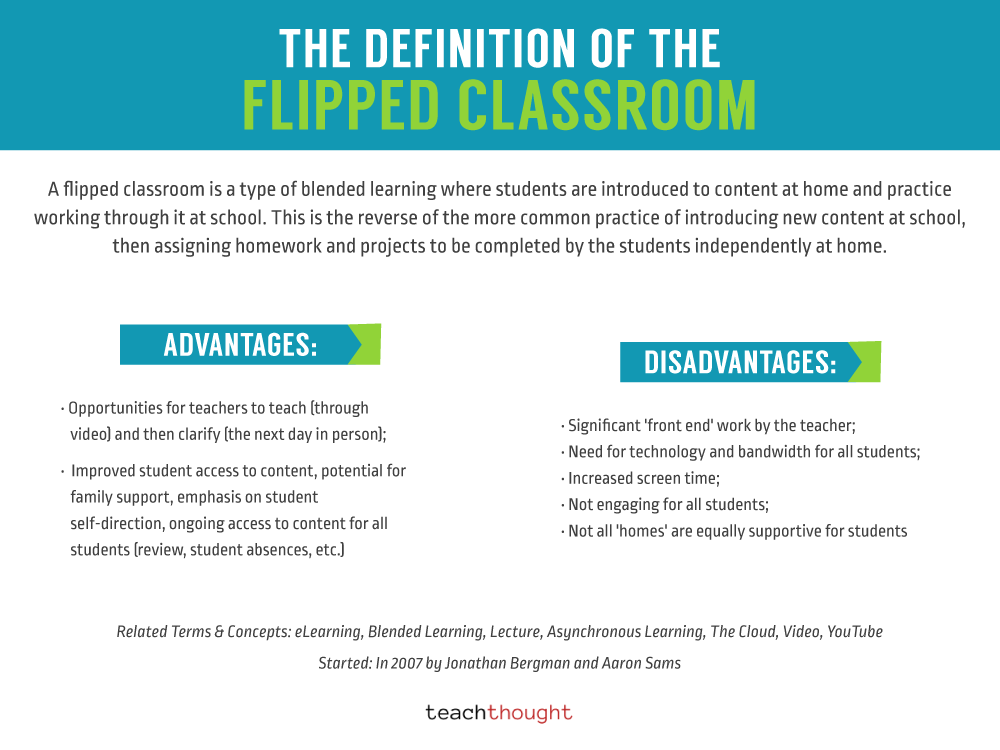What Is A Flipped Classroom?
A flipped classroom reverses the usual order of teaching and practice. Students first encounter new content at home. Class time is then used for practice, questions, and revision with the teacher present. Instead of listening to a full lesson in class and struggling alone later, students arrive ready to work and think while the teacher observes and supports.
In a traditional model, the teacher delivers content in class and students complete practice at home. In a flipped model, students preview content before class and practice during class. The goal is not to replace teaching with video. The goal is to move basic exposure out of class and use in-class time for feedback, reasoning, and improvement.
What Students Do Before Class
- Watch short instructional videos or examples
- Read brief text sections or notes
- Review worked problems
- Answer a small set of warm-up questions
- Write questions to bring to class
Students are not expected to master content at home. They prepare to think in class.
What Students Do In Class
- Attempt tasks and solve problems
- Ask questions and revise thinking
- Discuss and compare reasoning
- Receive short, targeted teacher feedback
- Revise work based on feedback
The test of a flipped classroom is how class time is used. If students watch content at home and then work silently without feedback, the learning has not improved. Only the schedule changed.
Why Teachers Use It
A flipped structure provides more supported practice and faster correction of misunderstandings. Teachers can see student thinking, diagnose confusion early, and help during the difficult part of learning rather than after the fact. This is a time-use strategy, not a technology program.
When It Works Well
A flipped classroom works when at-home tasks are short and clear, students arrive prepared enough to begin, class time requires thinking instead of passive listening, and the teacher checks understanding and adjusts instruction. There must also be a plan for students who arrive unprepared.
What It Is Not
A flipped classroom is not sending students home to teach themselves. It is not simply assigning video. It does not guarantee engagement. If students complete passive tasks in class without revision or explanation, the model has not improved learning.
Short Definition
A flipped classroom moves direct instruction outside class and uses class time for guided practice, questioning, and feedback.
Related Reading
- A flipped classroom explained
- Synchronous and asynchronous learning
- 12 types of blended learning
- Best video editors for teachers and students
Research
Bishop and Verleger (2013) reviewed flipped learning research and found that successful models combine pre-class exposure to content with active learning in class, while weak models simply shift lecture delivery without improving student interaction or feedback.
